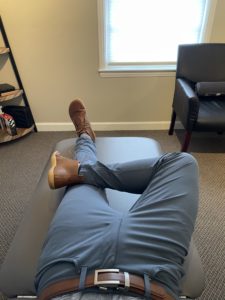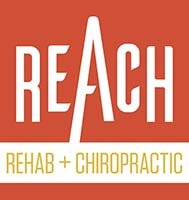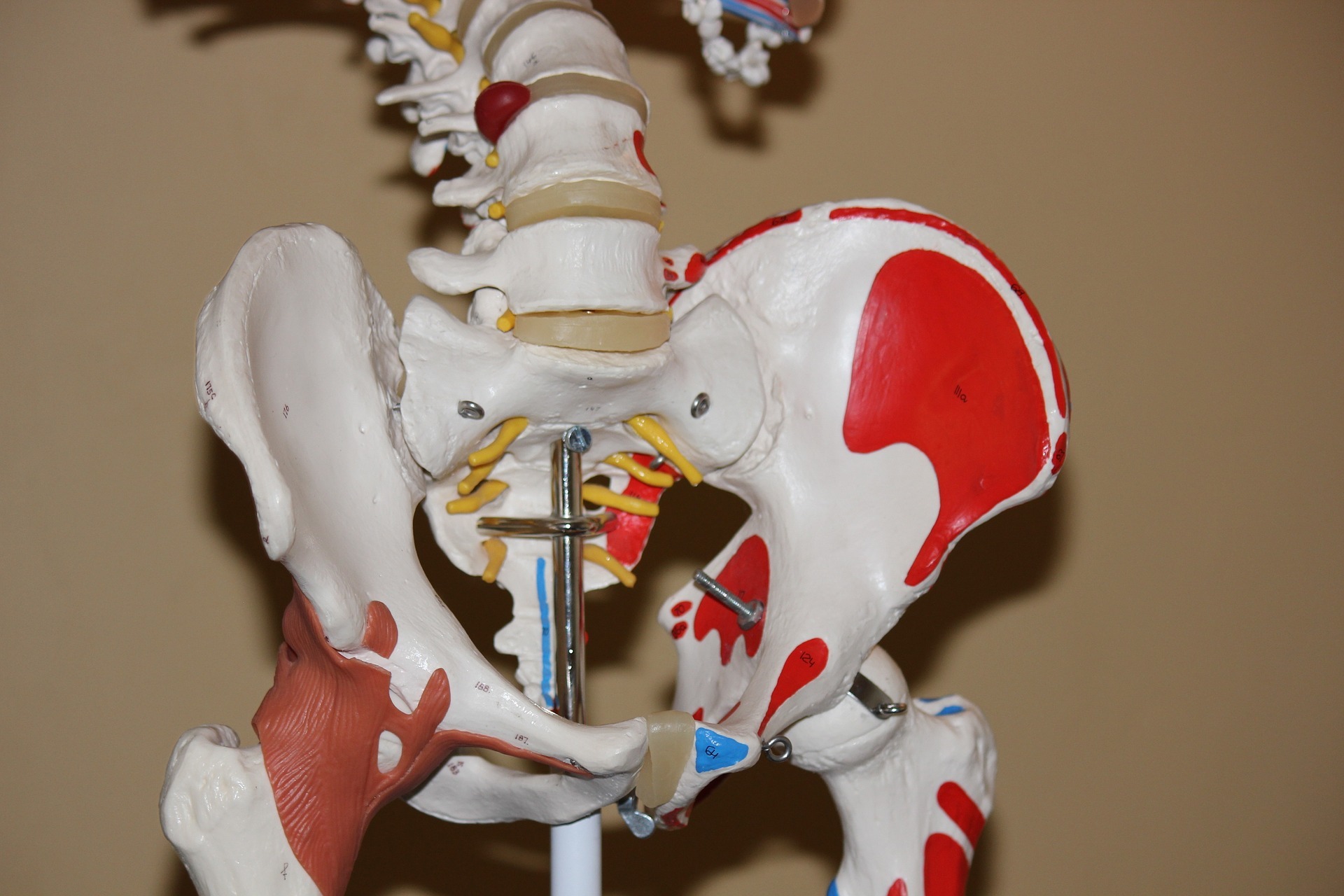Where hip pain is felt
Hip pain is a condition that needs further classification to be able to identify its origin. For simplicity, hip pain can be divided into inner and outer hip pain. Both conditions are commonly mechanical in nature, meaning they are a result of how we move or use our bodies.
Where hip pain is felt is very important as it helps to diagnose what muscles or joints may be involved. The location can determine if you’re dealing with hip pain or sciatica.
If you are experiencing hip pain near the groin or hip crease, this would be an example of inner hip pain. If you have inner hip pain, it is more likely that your symptoms are coming from the hip joint itself.
If you are experiencing hip pain near the buttocks or the side of the hip/thigh, this would be an example of outer. If you have outer hip pain, it is more likely that your symptoms are referring from your low back.
With either condition, improper joint movement, or tight muscles, from the hip or the low back respectively, could be causing symptoms near or around the hip.
How do I know if my pain is coming from my hip?
While laying on your back, cross the ankle of the affected side just above the opposite knee, making a figure 4, and applying pressure to the knee that is bent (FABER Test). If you have the reproduction of inner hip pain, you may have true hip joint involvement.
Common physical symptoms of inner hip pain:
- Hip pain near groin or inner thigh.
- Stiffness around the inner thigh and groin area.
- Pinching sensation in the anterior hip with certain movements.
- A noticeable difference in hip range of motion compared to the unaffected side.
FABER Test

Common physical symptoms of sciatica type hip pain:
- Pain and stiffness in the buttock and/or lateral thigh.
- Hip pain without moving, such as sitting or standing.
- Weakness of gluteal or leg muscles.
- Nerve-like symptoms – sharp, burning, numbness, or tingling.
- Accompanying back pain or stiffness.
Can hip pain cause back pain?
Hip pain and lower back pain are symptoms that are commonly seen together. They are close to each other structurally, so it’s common for hip pain to cause back pain, and vice versa.
However, it is more common for the lower back to cause hip pain, even if you’re not experiencing low back pain. Is your hip pain affected by certain low back postures and positions, such as bending or twisting? The buttock and outer hip are very common areas for the low back to refer symptoms too.
Low back pain referral is often known as sciatica and is described as pain traveling down the leg. Hip and buttock pain referred from the low back can be described as a milder form of sciatica (though it is still a major pain in the butt!).
What can I do about my Hip Pain?
With all mechanical pain, there’s a ‘what’ and a ‘why’ — what the problem is and why it’s occurring in the first place. To achieve resolution, it’s crucial to not only identify and correct the problem at hand but address the behaviors which lead to the issue’s occurrence.
Here are some self-help tips:
- Keep moving
- Avoid sitting for longer than 30-minutes at a time
- Take micro-breaks: stretch, use the bathroom, grab a snack, move around
- Sit with upright posture with lumbar support
- Take mental notes of what you are doing when your pain feels better or worse to identify any behavioral patterns
What are standard treatments for Hip Pain?
Treatments can vary depending on the location and source of the hip pain. A clinician trained in Mechanical Diagnosis & Therapy (MDT) can help to identify the cause of your hip pain and offer a solution through specifically prescribed exercises. An MDT clinician can identify whether your symptoms are coming from the hip or if they are a referral from a source, like the low back.
Hip pain is commonly diagnosed as tight muscles, like the hip flexors and piriformis. Pain and tightness around the hip can be the result of poor postures, positions, and movements that accumulate over time. The symptoms we feel, such as tight muscles, are simply a request from our brain to change these habits.
Just because you are experiencing hip pain, does not mean you need an X-ray or MRI. Imaging can commonly show “degeneration” or “arthritis,” but it does not prove that is what is generating your pain. Hip pain is often unassociated with the conditions previously mentioned, and they’re commonly a default diagnosis for many in the medical community when they have poor training in musculoskeletal conditions.
Many times, inner hip pain is caused by a hip joint derangement. This is a fancy term for hip symptoms produced by poor joint mechanics. An MDT clinician will examine if a joint is moving properly and provide solutions to restore normal joint mechanics.


